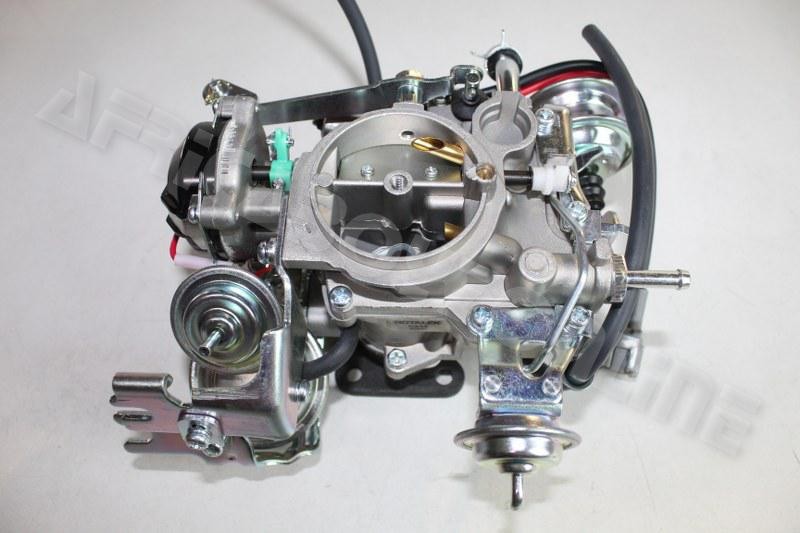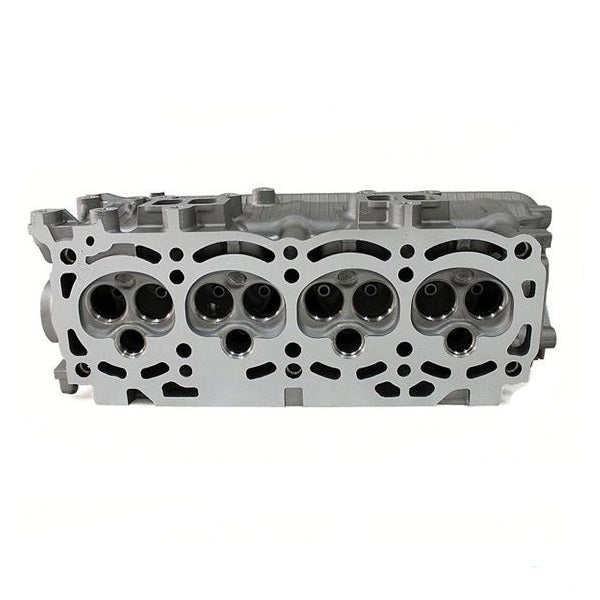Why the Toyota Tazz Remains a Popular Choice for Budget-Conscious Drivers
Why the Toyota Tazz Remains a Popular Choice for Budget-Conscious Drivers
Blog Article
Explore the most recent Trends in Engine Innovation With Tazz
In the quickly developing landscape of automotive modern technology, Tazz stands at the center, highlighting considerable developments in engine systems that prioritize both technology and sustainability. From crossbreed engines that enhance gas performance to the appearance of hydrogen fuel cells, the fads shaping modern powertrains are not just improving performance yet likewise addressing critical ecological challenges.
Crossbreed Engine Innovations
Hybrid engine developments stand for an essential change in automobile modern technology, combining the advantages of inner combustion engines with electrical propulsion systems. This assimilation not just improves fuel performance yet likewise decreases emissions, meeting progressively rigid ecological regulations. By using both power sources, hybrid engines can optimize performance, delivering power when required while saving gas throughout much less requiring motoring conditions.
Current advancements in hybrid technology include improvements in battery efficiency and regenerative stopping systems. These innovations permit better energy healing during deceleration, which can be redirected to aid in acceleration or power accessory systems. Additionally, producers are concentrating on small styles and light-weight products to take full advantage of the performance of hybrid powertrains.
The advancement of plug-in hybrids has actually likewise increased the marketplace, making it possible for vehicle drivers to bill their vehicles utilizing basic electric outlets. This function often enables significant all-electric range, further decreasing dependancy on conventional gas. tazz. As the automobile sector remains to evolve, hybrid engine modern technologies are anticipated to play a critical duty in linking the space in between standard lorries and completely electric designs, giving a transitional option that accommodates diverse customer demands and preferences
Advances in Electric Powertrains
The auto landscape is quickly developing, with electric powertrains arising as a leading force in sustainable transportation. Advances in electric car (EV) innovation are considerably enhancing user, efficiency, and performance experience. Trick technologies consist of renovations in battery chemistry, which have actually raised energy thickness, lowered charging times, and extended general battery life.
Solid-state batteries, for instance, promise to transform the market by offering higher safety and security and effectiveness compared to conventional lithium-ion cells. Additionally, improvements in regenerative stopping systems are enabling cars to recoup power throughout deceleration, adding to total effectiveness.
Along with battery technology, electrical motor designs are coming to be extra sophisticated. Developments such as integrated electric motors and progressed thermal management systems are aiding to enhance power delivery and minimize weight, inevitably boosting automobile characteristics.

Collectively, these advances underscore the dedication to shift towards cleaner, extra effective transport services, placing electrical powertrains at the center of auto technology.
The Increase of Hydrogen Fuel Cells
Increasingly, hydrogen fuel cells are getting traction as a practical alternative to typical interior combustion engines and battery electrical automobiles. This technology utilizes the chemical energy kept in hydrogen, converting it into electrical power with an electrochemical response with oxygen. The main by-product of this process is water, link making hydrogen fuel cells an eco-friendly option with absolutely no discharges at the tailpipe.

Automakers are significantly purchasing hydrogen gas cell technology, identifying its potential for long-range applications and rapid refueling abilities that equal traditional fuels. Additionally, fields such as durable transport and public transportation are specifically appropriate for hydrogen gas cells, where battery electrical remedies may drop short because of weight and variety limitations.
As research study and investment remain to broaden, hydrogen fuel cells are poised to play a substantial duty in the future landscape of tidy transport and energy remedies.
Enhancements in Internal Combustion Engines
Developments in interior burning engine (ICE) modern technology are transforming traditional automobiles to fulfill modern environmental standards and performance expectations. One of one of the most significant enhancements entails the combination of innovative fuel shot systems. These systems maximize the air-fuel mix, improving burning performance and resulting in lowered emissions. Direct fuel injection, for instance, enables better atomization of gas, bring about more full combustion and improved power outcome.
Furthermore, turbocharging has gained prestige, enabling smaller engines to supply higher efficiency without the weight of bigger engines - tazz. This modern technology not only improves performance however likewise adds to decrease gas intake. Variable shutoff timing systems are likewise being refined, enabling engines to adapt to various driving problems for boosted torque and responsiveness
In addition, using light-weight products in engine building and construction is becoming typical, additional enhancing fuel performance by minimizing total lorry weight. Engine control systems (ECUs) are increasingly sophisticated, making it possible for real-time modifications that optimize efficiency and exhausts.
These improvements jointly represent an essential change in ICE modern technology, straightening with global sustainability objectives while still supplying the performance vehicle drivers expect from their vehicles. As the sector develops, these renovations proceed to shape the future of typical automobile engineering.
Future Trends in Engine Efficiency
Significant developments in engine effectiveness are anticipated as producers concentrate on incorporating cutting-edge technologies to satisfy strict ecological guidelines and consumer needs. The shift towards electrification, hybrid systems, and different gas is reshaping the vehicle landscape, driving innovations that improve gas economic climate and minimize emissions.
Among the crucial trends is the execution of innovative materials and making methods. High-strength alloys and lightweight compounds add to lowered car weight, thus enhancing general efficiency. Additionally, the adoption of turbocharging and variable valve timing technologies permits improved power visite site output from smaller sized engines, additionally boosting gas economy.

Conclusion
Developments in hybrid engine systems, electric powertrains, and hydrogen fuel cells demonstrate a dedication to decreasing exhausts while improving efficiency. Enhancements in inner burning engines and a focus on light-weight products add to general engine performance.
From crossbreed engines that optimize fuel effectiveness to the emergence of hydrogen fuel cells, the patterns forming modern-day powertrains are not just boosting efficiency however also resolving essential ecological challenges.Crossbreed engine advancements represent a pivotal change in vehicle innovation, incorporating the advantages of interior go to this website burning engines with electrical propulsion systems.Furthermore, turbocharging has actually gained prominence, allowing smaller engines to deliver greater efficiency without the weight of bigger engines. Additionally, the fostering of turbocharging and variable valve timing modern technologies allows for enhanced power result from smaller engines, better improving gas economy.
Renovations in internal burning engines and an emphasis on light-weight products add to overall engine efficiency.
Report this page